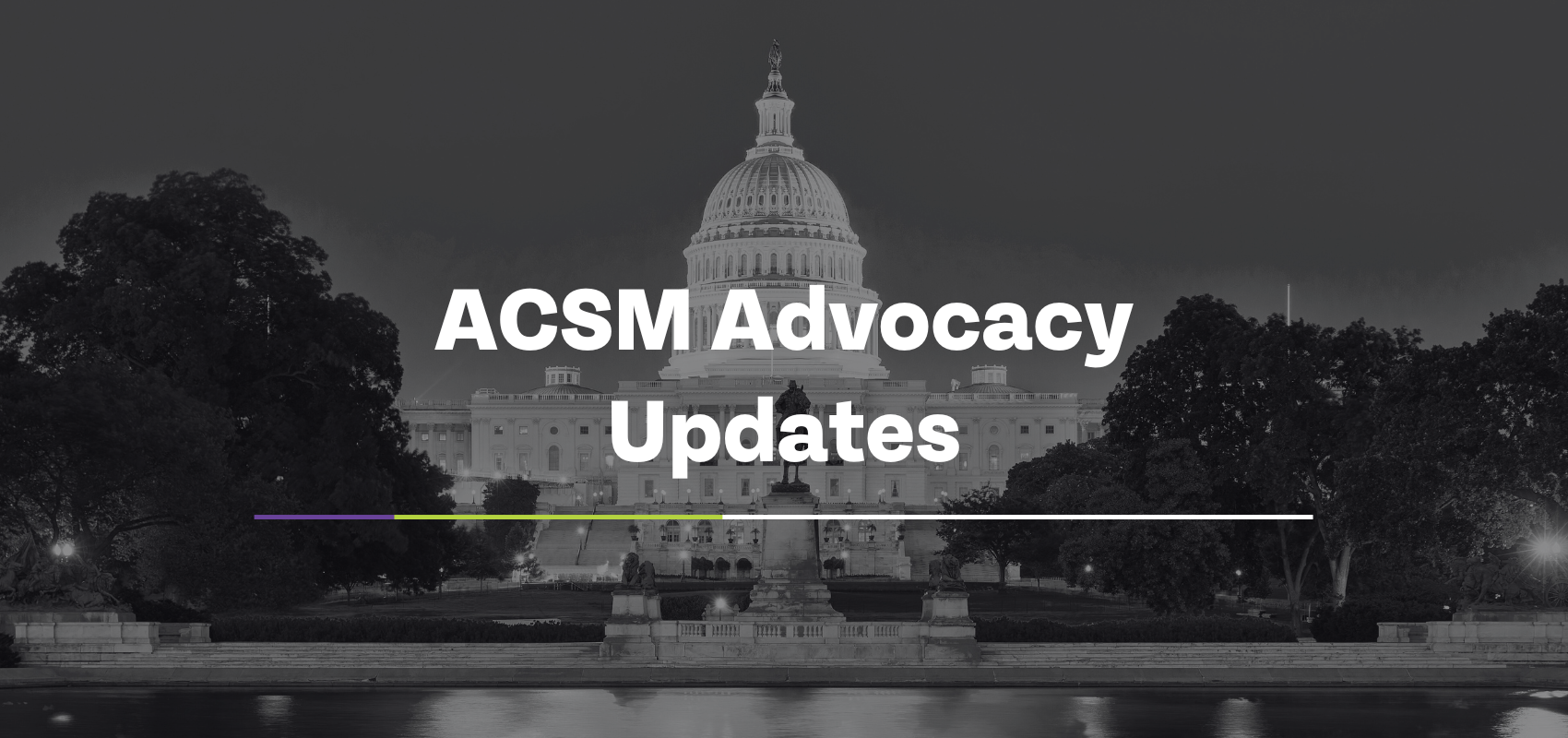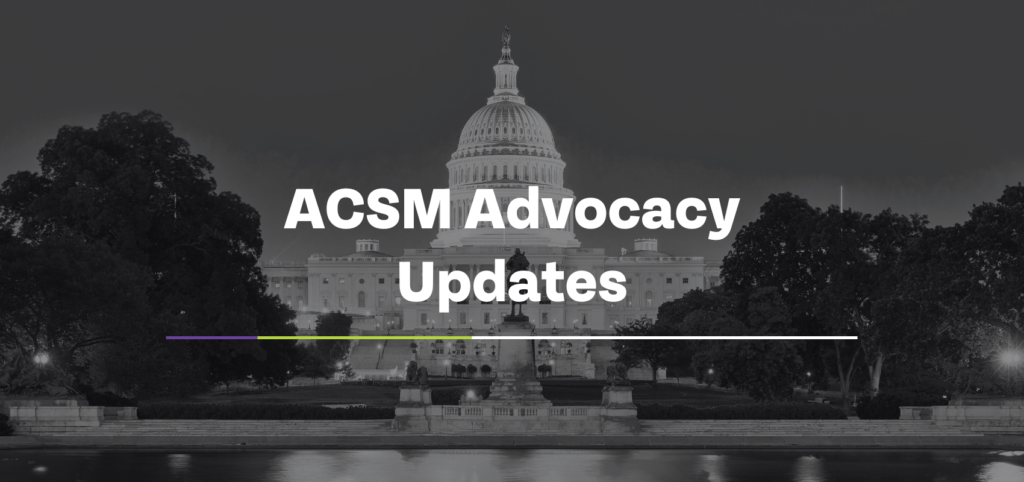The recent U.S. federal government shutdown, which began on October 1, 2025, lasted a historic 43 days, making it the longest in American history. The impasse was finally resolved late on November 12, 2025, when both chambers of Congress approved a funding package that President Trump signed into law, reopening the government and restoring operations for millions of Americans.
Congressional Votes That Ended the Shutdown
The legislative breakthrough came after weeks of tense negotiations and mounting pressure from federal workers, advocacy groups, and affected industries. The House of Representatives narrowly approved the funding bill with a 222-209 vote, indicating a closely divided chamber with a few Democrats joining most Republicans to pass the deal.
In the Senate the measure passed with a 68-32 vote. Before the vote on final passage, the Senate voted 60-40 to invoke cloture on a House-passed continuing resolution, advancing the funding bill designed to end the ongoing federal shutdown. This procedural vote paved the way for a final passage vote with the legislation extending federal funding through January 30, 2026, and bundling three full-year appropriations bills with the stopgap spending extension.
The Shutdown’s Impact
The shutdown led to furloughs and delayed paychecks for hundreds of thousands of federal employees. It also suspended or seriously hampered numerous public services, ranging from routine agency operations to the administration of critical benefits like SNAP and WIC, affecting food security for millions of families. While key entitlement programs—such as Social Security, Medicare, and Medicaid—continued largely without interruption, the administrative machinery supporting these and other health services faced slowdowns and confusion.
Implications for ACSM Members
For members of the American College of Sports Medicine (ACSM) and those working in physical activity, wellness, public health, or allied scientific and clinical fields, the shutdown brought significant challenges:
- Research Delays: Federal agency closures, including the National Institutes of Health (NIH), led to postponed grant reviews, research funding releases, and halted work at federal research facilities.
- Program Suspensions: Federal agencies such as the CDC’s Division of Nutrition, Physical Activity, and Obesity (DNPAO) suspended or slowed grant administration, technical assistance, and national campaigns related to physical activity promotion.
- Public Health Setbacks: With outreach programs and partnerships impacted, ACSM members in academia, community health, and advocacy roles had to pause or adjust collaborative federal projects. Time-sensitive interventions, data collection, and reporting linked to federal contracts were put on hold.
- Economic Ripple Effects: Fitness and wellness professionals whose work relates to federal employees or federally funded programs (like veterans’ exercise services or public health programs) experienced decreased demand or delayed payments.
Now that the government is funded through January 30, 2026, operations are resuming, but some projects and funding cycles will take weeks or months to recover fully. ACSM and allied organizations continue to monitor upcoming legislative deadlines as Congress faces yet another round of negotiations, with advocacy ongoing to protect and prioritize federal support for physical activity and public health initiatives.




